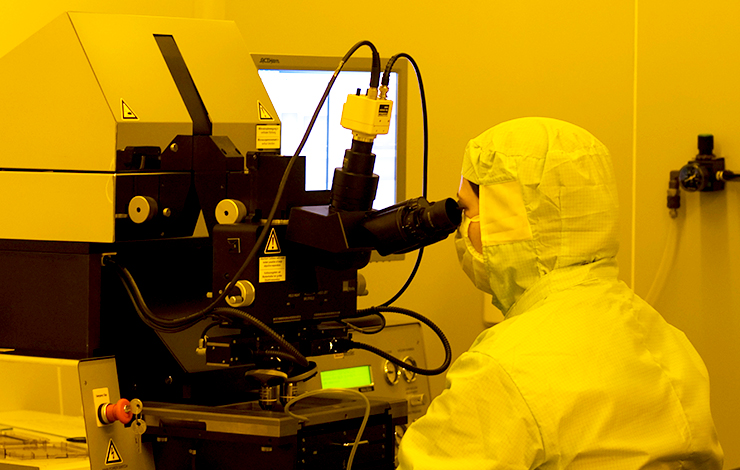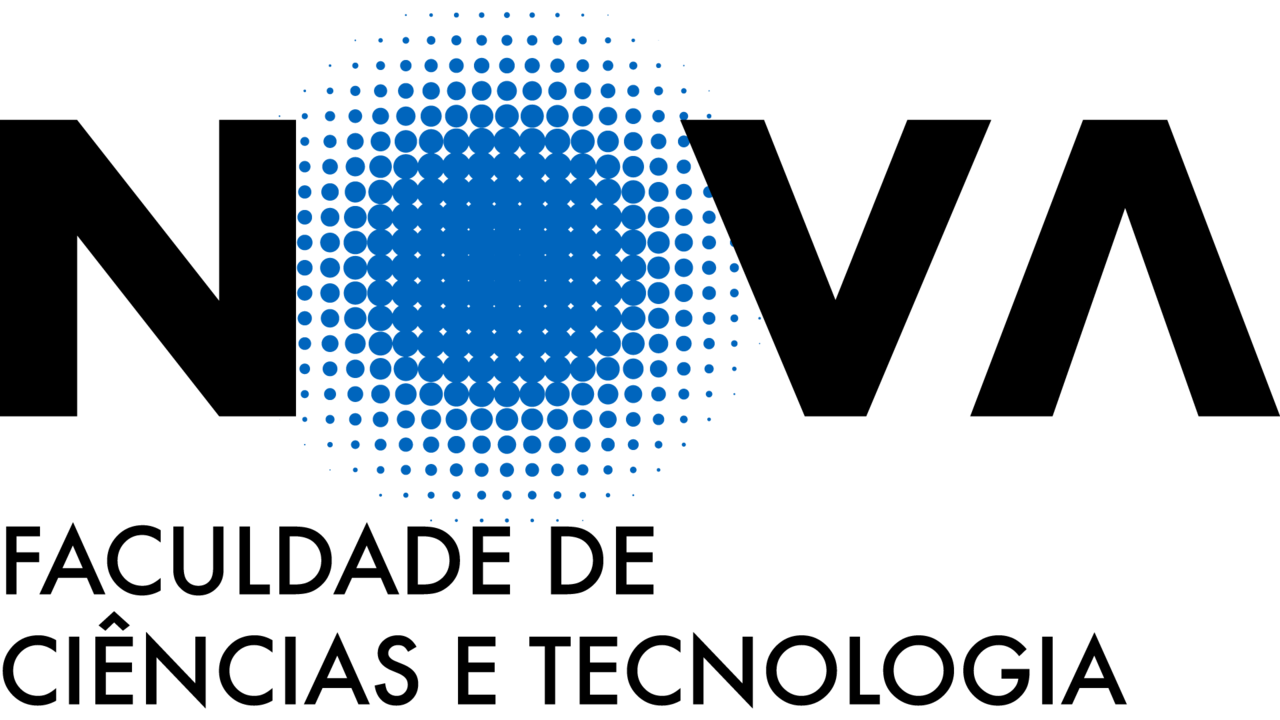


Adam Kelly

Materials for Electronics, Optoelectronics and Nanotechnologies
FunPaper Lab a.kelly@fct.unl.pt
SHORT CV
Adam Kelly is a Marie Skłodowska-Curie Research Fellow at CENIMAT|i3N where he works on cellulose-based triboelectric nanogenerators for energy harvesting applications.
He received his Ph.D. in Experimental Physics from Trinity College Dublin in the field of printed electronics based on solution-processed two-dimensional materials. His work focused on the processing and characterisation of two-dimensional materials, from refining ink formulations and printing methods to investigating the electrical characteristics and potential uses of nanosheet networks to create low cost electronic devices, including transistors, photodetectors, capacitors, and supercapacitors. A particular focus was on understanding current flow in printed networks and the critical impact that the junctions between the 2D nanosheets have on device performance via the development of models and AC spectroscopic techniques to relate network morphology, conductivity, and mobility to junction resistance.
His most recent work is developing nanocellulose-based composites with percolation-optimised loadings of 1D and 2D materials for energy harvesting applications.
MAIN PUBLICATIONS
Kelly, Adam G., et al. "All-printed capacitors from graphene-BN-graphene nanosheet heterostructures." Applied Physics Letters 109.2 (2016).
Kelly, Adam G., et al. "All-printed thin-film transistors from networks of liquid-exfoliated nanosheets." Science 356.6333 (2017): 69-73.
Kelly, Adam G., et al. "Tuneable photoconductivity and mobility enhancement in printed MoS2/graphene composites." 2D Materials 4.4 (2017): 041006.
Kelly, Adam G., et al. "Whiskey-phase exfoliation: exfoliation and printing of nanosheets using Irish whiskey." 2D Materials 6.4 (2019): 045036.
Kelly, Adam G., et al. "The electrical conductivity of solution-processed nanosheet networks." Nature Reviews Materials 7.3 (2022): 217-234
Kelly, Adam G., et al. "Highly conductive networks of silver nanosheets." Small 18.14 (2022): 2105996.
Gabbett. C. & Kelly, Adam G., et al. “Understanding how junction resistances impact the conduction mechanism in nano-networks” Nature Communications 15.1 (2024): 4517.








